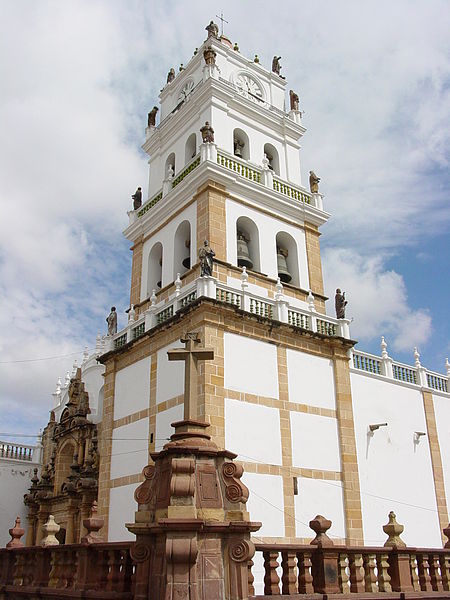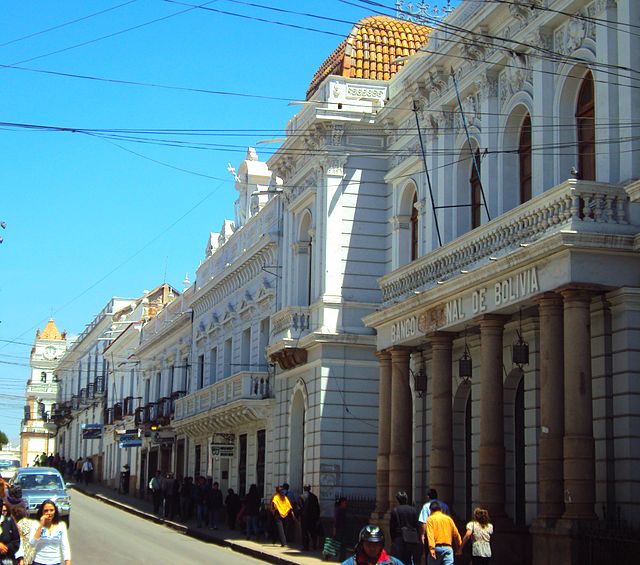The Acre War, known in Brazil as Acrean Revolution and in Spanish as Guerra del Acre was a border conflict between Bolivia and Brazil over the Acre Region, which was rich in rubber and gold deposits. The conflict had two phases between 1899 and 1903 and ended with an Acrean victory and the subsequent Treaty of Petrópolis, which ceded Acre to Brazil. The outcome also affected territories disputed with Peru.
Memorial of the centenary of the Acrean Revolution in Rio Branco, capital of Acre
Colonel Ismael Montes, Bolivia's Minister of War and commander of the 1st Expedition to Acre.
The steamer Solimões
José Plácido de Castro (pictured by Percy Fawcett, 1907).
Bolivia, officially the Plurinational State of Bolivia, is a landlocked country located in western-central South America. It is bordered by Brazil to the north and east, Paraguay to the southeast, Argentina to the south, Chile to the southwest, and Peru to the west. The seat of government and administrative capital is La Paz, which contains the executive, legislative, and electoral branches of government, while the constitutional capital is Sucre, the seat of the judiciary. The largest city and principal industrial center is Santa Cruz de la Sierra, located on the Llanos Orientales, a mostly flat region in the east of the country.
The colonial Mint of Potosí
Metropolitan Cathedral of Sucre in Sucre, a UNESCO World Heritage city.
Historic headquarters of Banco Nacional de Bolivia in Sucre
In 1971 Hugo Banzer Suárez, supported by the CIA, forcibly ousted President Torres in a coup.








